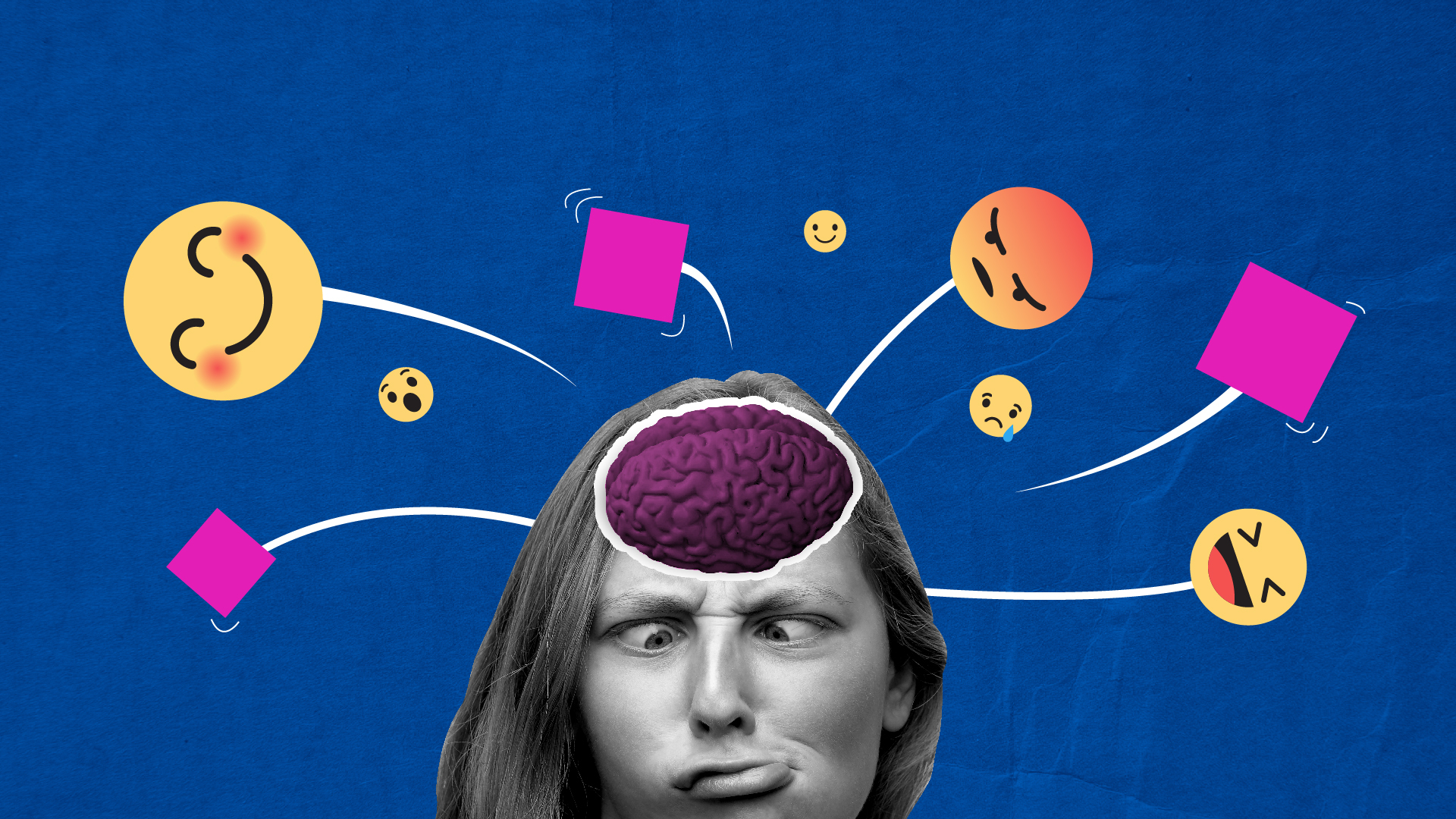
Telling Stronger Brand Stories with Emotive and Behavioural Marketing
Behavioural psychology is the idea that what people do, in any given situation, is a combination of two things. Firstly, the individual’s history, biases, and beliefs, especially things that have been reinforced, for example due to a direct impact on their life - positive or negative.
And secondly, their reflex or response to certain stimuli.
Put the two together, build a deep understanding of a person and why they think, feel, and act the way they do, and you have the foundations for a behavioural marketing approach.
Increasingly, as consumers (B2C and B2C alike) demand more from brands, the combination of emotive appeal and behavioral insights is becoming much more than a trend – it's essential for creating meaningful connections with audiences.
It's about understanding and leveraging the deeper psychological triggers that influence consumer behaviour and using these insights to craft compelling narratives.
Behavioural Psychology: The Foundation of Marketing Strategies
Understanding consumer behaviour is at the heart of effective marketing. Behavioural psychology in marketing is about deciphering why people make the choices they do. Spotify's "Wrapped" campaign, all over social media in the first weeks of December, is a great example, using personalised playlists to create a unique and shared experience for each user, stimulating conversation, social sharing, and a huge amplification effect with little if any paid media spend, beyond influencer marketing.

This type of personal relevance and collective experience is key to impactful marketing.
The Power - and Nuance - of Emotive Marketing
Channel 4’s recent ad, holding politicians to account for their dreadful behaviours, is a great example of emotive advertising done well. It reflects what many people are feeling, but don’t have the platform to amplify in the same way. Created to promote the broadcaster’s new Change Climate season of programming, the ad from 4creative aims to call out the actions (and inactions) of those in positions of power and question whether they are doing enough.
Emotive marketing is about connecting with people on a deeper level, creating storylines that tap into emotions to create lasting impressions and build brand loyalty.
Leveraging Data in Behavioral Marketing
Data is a vital tool in behavioural marketing, but it's not just about numbers and metrics. It's about understanding the stories behind the data. For instance, tools like regression analysis can be used to predict consumer behaviour and understand the effectiveness of different marketing tactics, so you can iterate, and create a playbook that ensures message and channel are aligned to make the most of your marketing budget, or to help secure funding for new initiatives.
Transforming generic messages into relevant, personalised narratives ensures that they resonate. But this is not about being data-driven. It’s about being data informed.
Why?
Because if there is one thing I know as a (very old) marketer, it’s that whatever you think people will do, is not necessarily what they will do in the real world.
So behavioural marketing in this context is about listening, observing, engaging, and building understanding over time.
To some extent, this means that even the smallest brands, with limited marketing resources, can take a behavioural approach to marketing. The key is in thinking a little like a scientist – understanding the variables available for testing, creating controls, testing often, and making sure you learn from everything you do.
Social Proof and Influencer Marketing
Social proof and influencer marketing are increasingly important to a behavioural approach. Influencers are more than just people with a large following; they are trusted voices that can authentically amplify a brand's message. By measuring their impact through engagement rates and sentiment analysis, brands can understand how well their authenticity and influence translate into real audience engagement.
BH&P are invested in RippleXN, a tool that can watch social video at scale, picking up mentions, sentiments, key phrases, and the way that people are engaging with brands. A simple audit of video across Instagram, TikTok, Twitch and YouTube, reveals not just how compliant your influencers really are, but the attitudes and behaviours that both they and their followers are expressing.
Combining Quantitative Research with Psychographic Tools
The combination of quantitative research with psychographic tools is essential for creating detailed personas. At BH&P, we subscribe to tools like GWI, offering access to all our clients, regardless of size or sector, and can then overlay their 58,000 data points onto insights from campaign performance, brand trackers and other tools. We’ve used this effectively with brands such as The Crimestoppers Trust, the energy sector, and enterprise technology brands, for example.
By understanding the audience at a deeper level, marketing can be tailored not only to resonate with the target audience but also to allocate budget efficiently, focusing on those most likely to engage and where the need is greatest.
Real-World Applications and Continuous Learning
Real-world applications of these strategies always bear fruit. For example, using behavioral insights to tailor nurture campaigns can lead to higher engagement and conversion rates. Similarly, leveraging emotive content in social media can enhance brand visibility and audience interaction, and continuous learning cycles allow marketers to refine their strategies for even greater impact.
By combining deep behavioural insights with emotional connection, brands can create narratives that not only engage but also resonate and inspire action. This approach turns customers into brand advocates and stories into shared experiences, fostering a deeper connection between the brand and its audience.
BLOG
|4 MIN READ
BLOG
|5 MIN READ
BLOG
|4 MIN READ
BLOG
|4 MIN READ
BLOG
|2 MIN READ
BLOG
|2 MIN READ
Sign Up



